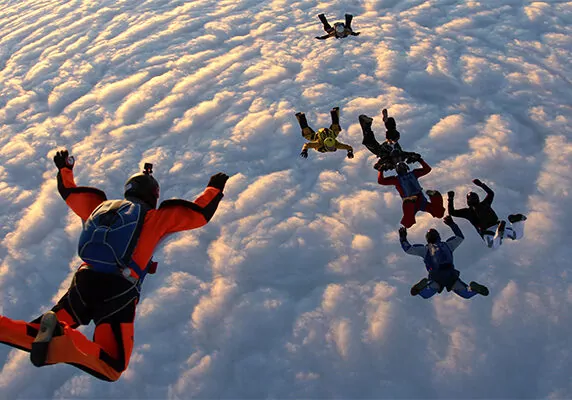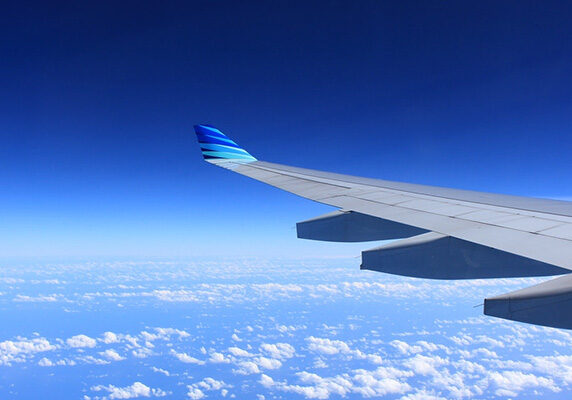Only a few months ago, in early April, a dramatic video captured the moment a hot air balloon crashed in Riverside County, California. As strong winds caused the ride to take a bad turn, the guide yelled “hold on” to the passengers while the balloon dropped toward the ground. Luckily, no one was hurt. And, fortunately, hot air balloon accidents are rare. Going back to 1964, the National Transportation Safety Board (NTSB) has only recorded a total of 775 such accidents in the United States.
But a few high-profile, fatal crashes in recent years have prompted the Federal Aviation Administration (FAA) to take a renewed look at hot air balloon safety.
- In July of 2016, all 16 passengers died as their hot air balloon crashed in central Texas, making it the deadliest ballooning accident in U.S. history. The balloon hit power lines and caught fire before going down in the pastureland near Lockhart just south of Austin.
- In June of 2021, a power line collision caused another deadly hot air balloon accident in Albuquerque, New Mexico. The hit made the basket detach from the balloon and crash, killing all five people onboard.
Most hot air balloon accidents have serious outcome
A study of hot air balloon crashes between 2000 and 2011 concluded the incidents attributed to paid rides appeared to have increased and that crash rates increase with decreasing regulation. It also found that when an accident happens, the consequences tend to be severe; 83% of the 78 crashes examined in the report resulted in one or more serious or fatal outcomes.
The study authors warned, “The inverse relationship between crash rates and oversight raises concerns about the public health impact of less-regulated commercial air tour operations, such as paid hot-air balloon rides.”
Voluntary safety program
After the deadly Lockhart crash, the FAA decided action was needed to increase the safety of hot-air balloon tourism. In a year-long “Call to Action” with the commercial hot air balloon industry, the Balloon Federation of America (BFA) developed a voluntary “Envelope of Safety” accreditation program for balloon ride operators.
Consumers can now use the program to select a ride company or pilot that strives to reach the highest safety standards. The program requires pilots to:
- be commercially certificated for 18 months if their balloon carries more than four to six passengers
- have a specified amount of flight experience
- hold a FAA second-class medical certificate
- pass a drug and alcohol background check
- attend a BFA-sanctioned safety seminar every 12 months and enroll in the FAA WINGS program
The program, released in 2017, also established three levels of safety accreditations, including Silver, Gold, or Platinum, each with increasingly stringent safety requirements. Operators can choose to enter the program — or not.
Mandatory medical certificate proposed
In late 2021, FAA proposed making the second-class medical certificate mandatory for hot-air-balloon pilots when operating for hire. The new rule would ensure balloon pilots meet the same medical requirements as pilots of other commercial aircraft, a spokesman explained.
Drugs involved in fatal incidents
Both pilots involved in the fatal Lockhart and Albuquerque crashes had taken drugs, investigations found. The Lockhart pilot had enough sedatives, opioids, and Benadryl in his system during the incident that the NTSB determined it had an “impairing” effect that affected his ability to make safe decisions. He also had a record of drunk driving offenses and medical conditions that would have led an aviation medication examiner to either defer or deny a medical certificate, the NTSB said.
A toxicology report showed the pilot involved in the Albuquerque accident also had marijuana and cocaine in his system at levels consistent with partying the night before the crash.
High winds pose hazard
But even experienced and sober pilots can find themselves in trouble. The lack of a steering wheel makes it challenging to navigate the balloon, especially if the wind starts to kick up, experts point out.
In August of 2020, a balloon company in Wyoming blamed “winds outside the forecast” for three incidents that sent several passengers to the hospital. One of the passengers recounted in the New York Times how the ride high above Jackson Hole turned to a nightmare when a sudden wind gust threw the balloon out of control.
A total of 38 passengers in three hot air balloons were involved in the crash landings. All three balloons went down about the same time, dragging across the ground for nearly 300 feet before coming to a stop.
Still, hot air balloon tourism is growing, not only in North America but across the world. And, based on statistics, it remains a relatively safe outdoor adventure.
We are here to help
If you, against all odds, are injured in a hot balloon accident, always seek competent legal counsel. Contact Penney & Associates today.



